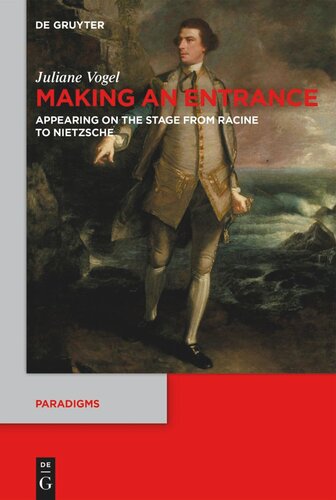

Most ebook files are in PDF format, so you can easily read them using various software such as Foxit Reader or directly on the Google Chrome browser.
Some ebook files are released by publishers in other formats such as .awz, .mobi, .epub, .fb2, etc. You may need to install specific software to read these formats on mobile/PC, such as Calibre.
Please read the tutorial at this link: https://ebookbell.com/faq
We offer FREE conversion to the popular formats you request; however, this may take some time. Therefore, right after payment, please email us, and we will try to provide the service as quickly as possible.
For some exceptional file formats or broken links (if any), please refrain from opening any disputes. Instead, email us first, and we will try to assist within a maximum of 6 hours.
EbookBell Team

4.3
18 reviewsHow does the entrance of a character on the tragic stage affect their visibility and presence? Beginning with the court culture of the seventeenth century and ending with Nietzsche’s Dionysian theater, this monograph explores specific modes of entering the stage and the conditions that make them successful—or cause them to fail. The study argues that tragic entrances ultimately always remain incomplete; that the step figures take into visibility invariably remains precarious. Through close readings of texts by Racine, Goethe, and Kleist, among others, it shows that entrances promise both triumph and tragic exposure; though they appear to be expressions of sovereignty, they are always simultaneously threatened by failure or annihilation. With this analysis, the book thus opens up possibilities for a new theory of dramatic form, one that begins not with the plot itself but with the stage entrance that structures how characters appear and thus determines how the plot advances. By reflecting on acts of entering, this book addresses not only scholars of literature, theater, media, and art but anyone concerned with what it means to appear and be present.